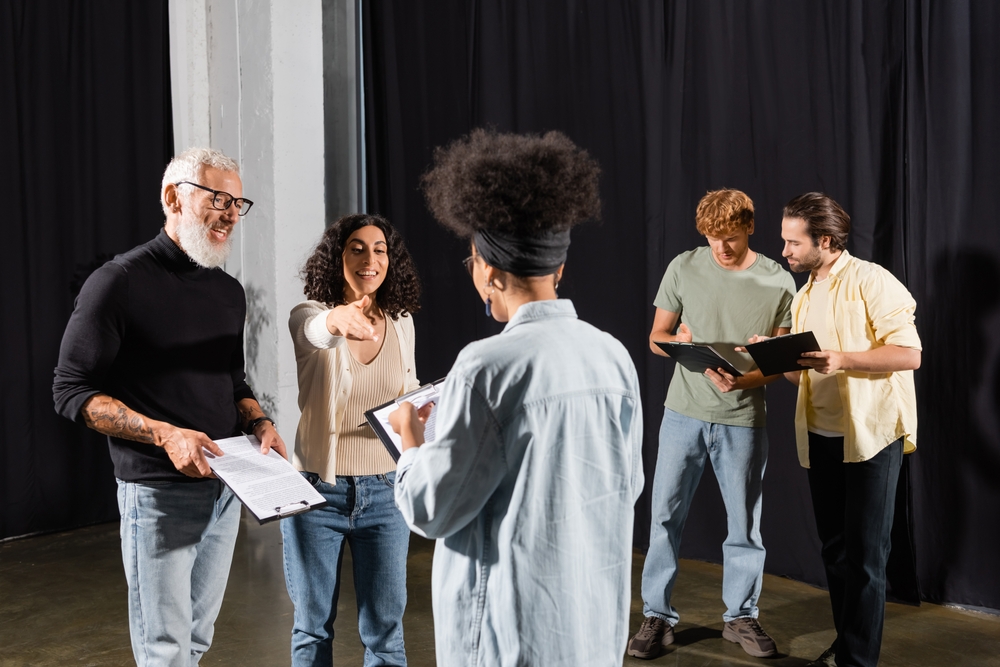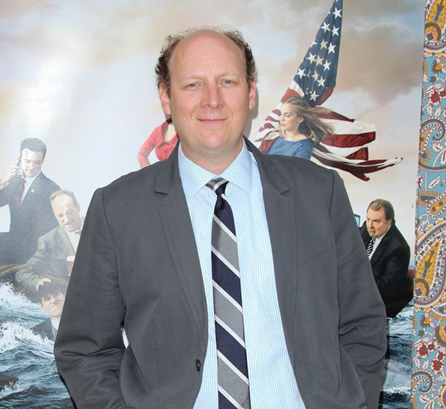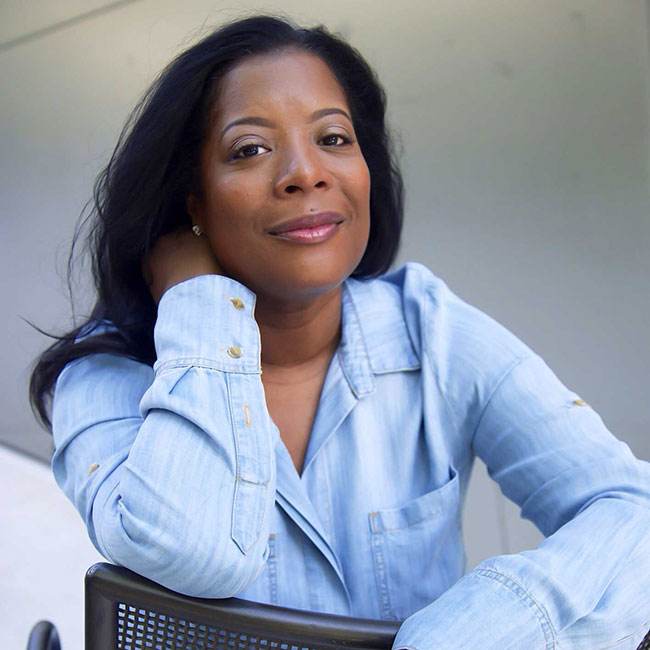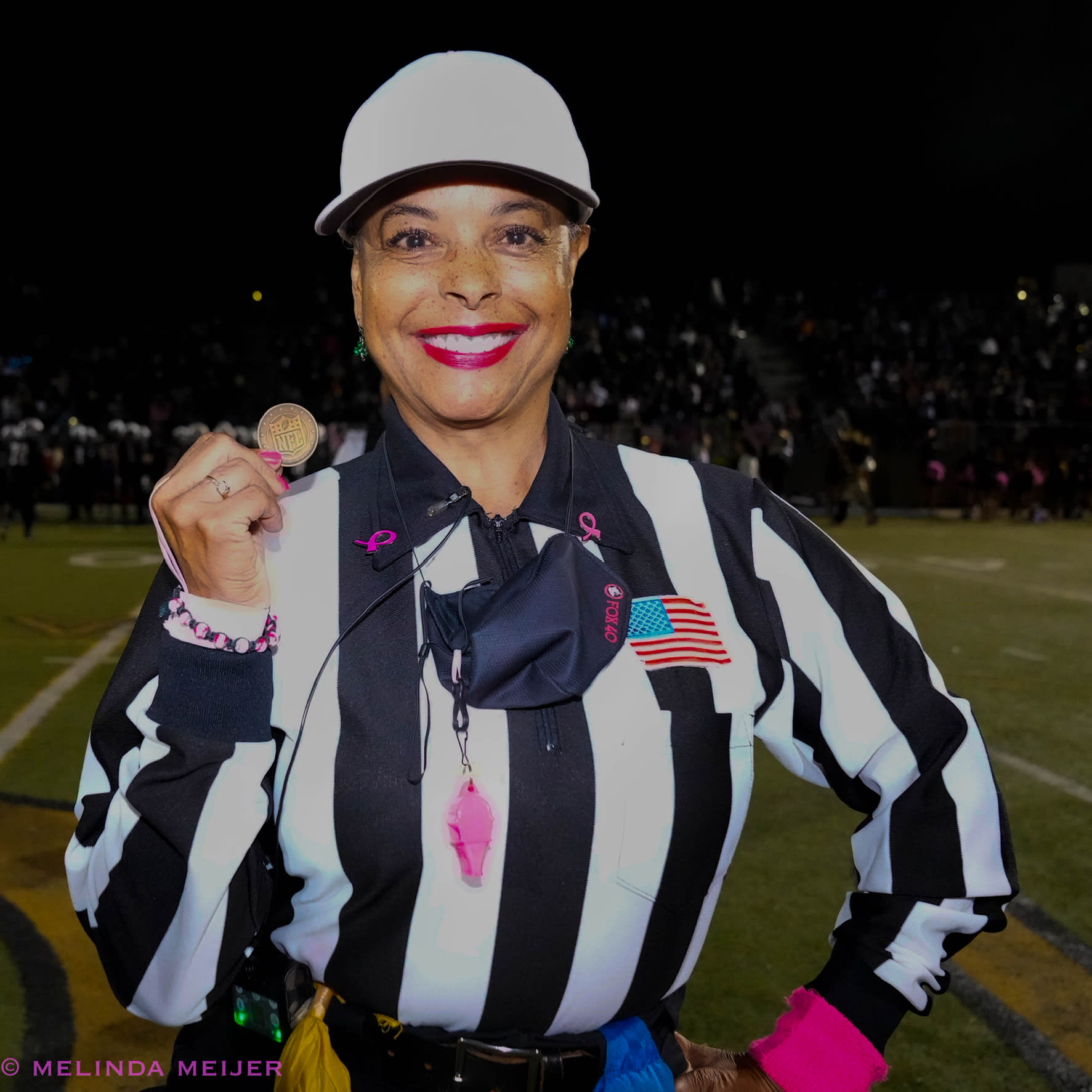How to Brand Yourself with Headshots
Headshots are often the first impression casting directors have of actors. They see a thumbnail for a brief moment as they scroll through a large volume of submissions, and as an actor, you hope something about your headshot makes you stand out. But as top LA photographer Vanie Poyey tells us, it’s more than just taking a pretty picture. Knowing which characters you’re right for, as well as having a grasp of your overall brand, allows you to best market yourself as an actor. But how do you translate all this to your headshots? Poyey took time from her busy shooting schedule to give actors some guidance on the process.
Know the Character Types in Your Wheelhouse
“If you have an agent, ask them what looks they want. Some agents will give you specific ideas, but others will only give you general notes like, ‘Just make sure it looks like you.’ If that’s the case or if you don’t have an agent, I recommend researching resources that will help you better define your brand. You can start by considering the auditions you want to target or that you’re right for. Then make a condensed list of characters that fit those shows and also fit your type.”
Avoid Making All Characters Glamorous
“The biggest mistake I see actors make when coming in with their looks is that they put every character type into the ‘pretty’ category. They’re off-brand in that they want the young mom, the outdoorsy girl and the businesswoman to all be beautiful. ‘Beautiful’ is also a character type, such as the love interest or the socialite. But it shouldn’t spill over into all the other character types. You have to understand that it’s okay to look real for the ‘average’ roles, like the barbeque mom or the best friend.”
Be Specific Without Limiting Yourself
“The character types, or ‘looks,’ are the specific versions of broad categories that cover who you are and what your essence is. But every outfit should cover multiple roles within a subcategory. For example, ‘business’ is a category, and it’s very broad, so you want to define what kind of business you’re going for. Right now, the helpful employee type is commercially trending. This is the ‘customer service’ look, which would cover an employee from Verizon, McDonald’s, Best Buy, etc. Another subcategory is the creative professional type, so the outfit would be more fashion-forward but still business. The character could work in a graphic design firm or a fashion magazine. There’s also the casual business look, which covers everything from computer tech to teacher. So the idea is to be specific in terms of categories but to leave room for a bunch of different roles within subcategories.”
Keep Up with Trending Types
“Agents will sometimes give a list of popular marketing looks they want, and it changes as different TV shows become popular. For example, when ‘Sons of Anarchy’ was big, I got a lot of requests for the ‘biker chick’ look. There are lists of marketing looks currently trending that actors can look through to see what resonates with them, keeping their age ranges in mind. It’s beneficial to see other actors’ headshots within those looks to get a physical representation of them. Sometimes actors will see that visual representation of the character and realize it’s not a type they’re right for. Knowing how trending types actually translate in photos can keep actors from bringing in a look that is off-brand.”
Bring Out Your Character’s Personality
“You want to get away from posing like a model. The character should come through in the headshot because you want to trigger an emotional reaction from the casting director. That comes when you communicate the personality specific to the character so that it’s on-brand for that look. If you don’t have a photographer that directs, I recommend preparing in advance two or three lines that your character might say. Practice different readings of them as if you’re in the room and the casting director gave you a redirect. Then say them in your head or out loud during the photo shoot, depending on what the photographer is comfortable with. That way you’re in the zone, keeping the personality of the shot on-brand for the character. Otherwise, shoot with a photographer that directs.”
Poyey’s advice can help actors avoid the anxiety surrounding headshot photoshoots. Her strategy for choosing specific looks removes the uncertainty from the process and helps actors understand how to use headshots as accurate reflections of their range and as important brand-marketing tools. By thoroughly preparing your character types and the personalities that go with them, you can enjoy your next headshot session confident that you’ll be taking strong pictures that fit your brand.
Follow us on Facebook, Twitter, and Instagram for breaking industry news and exclusive offers!




